Sardinia is world-famous for its sea and beaches, among the most beautiful in Italy and beyond. In reality, however, there is much more to get to know. Today we will take you on a trip discovering three cities in North Sardinia with so much to offer and tell to tourists: Olbia, Sassari and Alghero.
These cities, symbols of the North of Sardinia, rise in fantastic natural settings, each one with its history, architecture, typical products, popular festivals and traditions. Let's leave right away with our itinerary in North Sardinia!

Olbia, Sassari e Alghero: tourist itinerary in the unmissable cities of North Sardinia
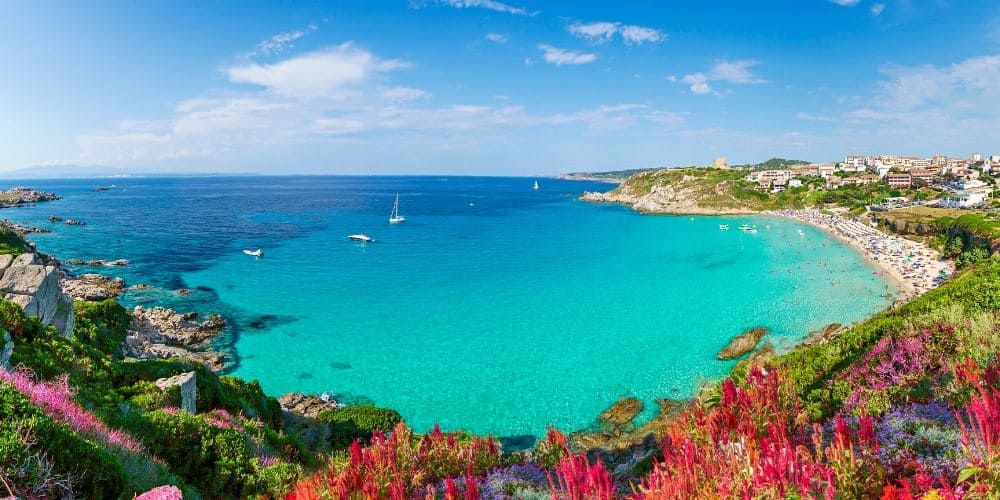
Alghero Fertilia and Olbia Costa Smeralda are two main airports in the North Sardinia. They are located on opposite sides of the island, so you can decide whether to take an itinerary from east to west coast or vice versa; it depends on where you land. The travel time from one coast to the other in Sardinia is about 2 hours by car, 3 hours if you decide to travel by bus or train: travelling by public transport will have a significant economic advantage but with a rental car you will have the possibility to visit more places without undergo the scheduled timetables.
Starting from Olbia and the east coast, we suggest you spend a few days at the famous Emerald Coast, the pride of Italian beaches, and the picturesque town of Porto Cervo, which overlooks a beautiful deer-shaped gulf. Stay on topic “sea and nature”, if you continue your itinerary northwards you will reach the town of Palau, from where the ferries leave for the enchanting La Maddalena Archipelago. Here you can admire one of the most evocative landscapes in the world, with such intense and bright colours that it is called the "archipelago of wonders". After these natural beauties, we suggest you head inland, where an equally amazing surprise awaits you: in the Arzachena archaeological park, you can admire many interesting relics of the Nuragic civilisation, such as a Tomb of the Giants.
Moving westwards, you will enter the province of Sassari, the largest on the island, where you can visit the picturesque inland municipalities. These villages boast fascinating traditions and organise some of Sardinia's most meaningful events throughout the year to highlight their artistic, historical, and gastronomic excellence. You can organise your own tour with the Salude & Trigu programme, which includes a number of opportunities to immerse yourself in the local culture. In particular, we recommend a visit to Castelsardo, which, in addition to being an enchanting village, is home to beautiful examples of Domus De Janas, a collection of prehistoric tombs excavated in the rock. Moving northwards, you will reach Porto Torres from where you can embark on an unforgettable excursion to Asinara Island which has reopened its doors to tourists after 115 years of closure. It is a true naturalistic paradise where you can observe a fauna and vegetation that has no equal in the whole Mediterranean.
Finally, before entering the beautiful city of Alghero, we recommend you to visit the fairy-tale Grotta del Nettuno, a karst formation just 24 km from the city, and the necropolis of Anghelu Ruju, the greatest prehistoric burial site in all of North Sardinia. Have you displayed the map of your itinerary in North Sardinia? Now let's set off and visit the must-see towns in North Sardinia... you'll be enchanted!
First stop of the itinerary in North Sardinia: Olbia, the happy city
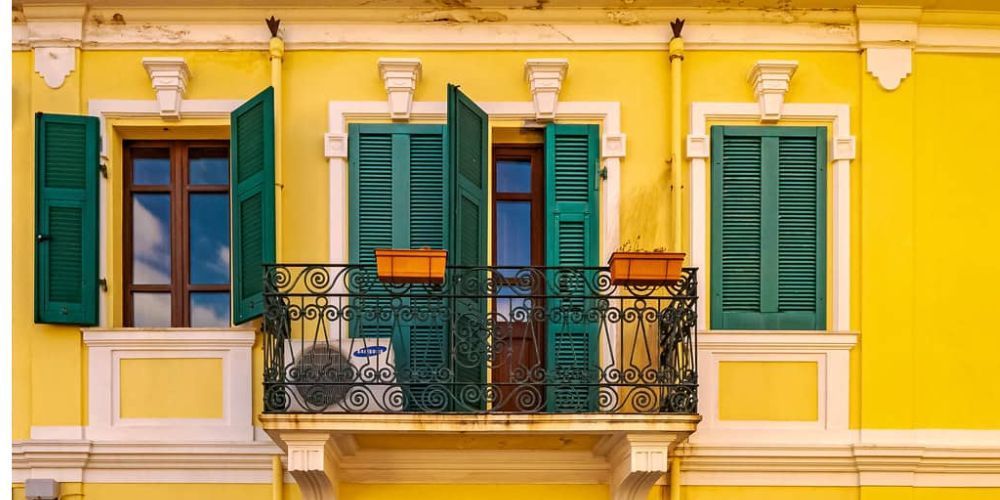
We begin our itinerary in North Sardinia from the city of Olbia, called from Greeks 'happy city': it is the gateway to Sardinia and the economic engine of the Gallura region. This enchanting town overlooking the gulf is the ideal place to relax but also to let oneself be carried away by the merriment during the numerous events organised during the year: Olbia has hosted, for example, the World Aquabike Championship, the "Tattoo Show" Convention, the Giro d'Italia (an annual multiple-stage bicycle race) and concerts by international artists such as Jovanotti, J-AX, Laura Pausini, Subsonica and Maneskin.
In addition to worldly events, Olbia is also the ideal place for those interested in history and archaeology: within the city you can visit the Archaeological Museum, the Basilica of San Silpicio and from there the Necropolis Museum, which houses an ancient Punic-Roman burial site consisting of 450 tombs. In mid-May, you can attend the festival of the city's patron saint, San Simplicio: a colourful procession accompanies the procession with traditional music and folkloric costumes.
Strolling through the streets of the town, you can admire the old houses in the area around Umberto Street, which date back to the 17th century and are known as 'Carreras Bezzas': on many of them, you will see inscriptions carved in granite with the name of the owner.
Finally, let's have a quick look at some of the local tastes: if you like octopus and love street food, we recommend you try the famous sandwich. If you want to spend a little more time with your meal, try the 'all'olbiese' octopus salad with lemon and chilli pepper. Remaining on the fish topic, you cannot give up the crostino di pane carasau con bottarga (toasted bread with mullet roe) and mussels, both stewed and au gratin. If you prefer meat, we suggest you try the chjusoni with wild boar ragout. If you prefer vegetarian dishes, try casgiu furriatu, a dish made of fresh cow's cheese, cream and honey. Also not to be forgotten is the Zuppa Gallurese, made from sheep and cow meat broth.
Last but not least, the wines. The wines of the wineries around Olbia have the intense aroma of the coastal regions: a must is the Vermentino di Gallura, which smells of ripe fruit and offers fresh and mineral sensations in the mouth. To this precious local delicacy, the city of Olbia dedicates an event: Benvenuto Vermentino.
So when you plan what to see in North Sardinia, don't forget the city's wineries and restaurants in Olbia!
Sassari, the city of Candelieri: the second stop to discover the unmissable cities in North Sardinia
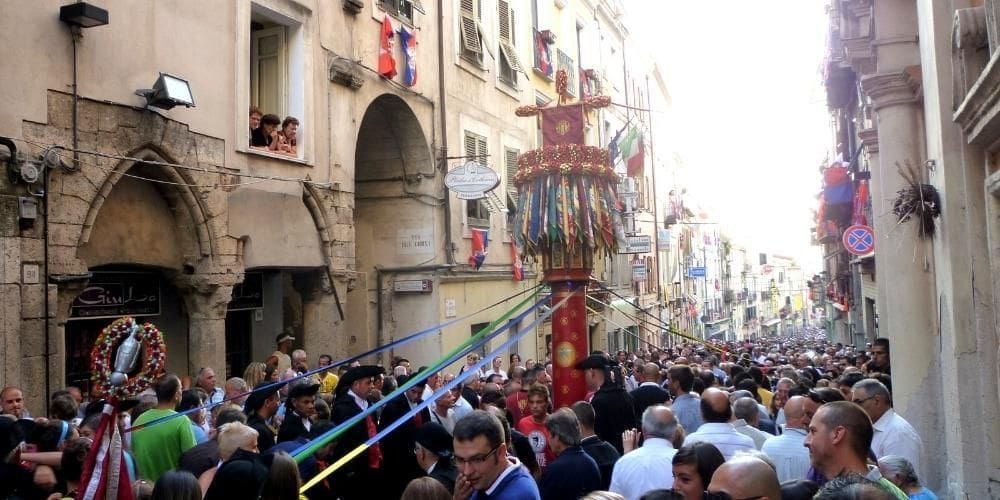
Let's move westwards: our itinerary invites you to visit Sassari, one of the main cities of Sardinia. The settlement dates back to medieval period and was built on a limestone plateau surrounded by rolling hills, olive groves and woods. Strolling through the streets of this beautiful city you can admire the remains of its glorious past such as the towers that connected the city walls (today only six remains), the charming Rosello fountain and Piazza Italia, the main square of the city. The downtown area is distinguished by its beautiful mansions and places of art and culture: you can visit many museums as Mus'A picture gallery, the Biasi museum for design and contemporary art, the Tavolara pavilion where you can admire works of craftsmanship and the Sanna National Museum with its archaeological treasures.
If you visit this enchanting town during the August 15th, you will be able to witness the most characteristic and folkloristic event of Sassari's culture, the March of Candelieri (descent of candlesticks): it is a procession that winds its way through the city streets during which enormous wooden candles are carried on the shoulders of the townspeople to the church of Santa Maria di Betlem to fulfil a vow to the Virgin Mary, who saved the city from the plague in according to tradition. Another very characteristic event is the Cavalcata Sarda, which takes place in the last week of May. It is a picturesque parade on foot and horseback through the city streets, in traditional dress.
Sassari is also a very pleasant place to visit because of the city parks that make it particularly green, the most important of which is the Monserrato park. If you would like to take a dip in the clear waters of the Mediterranean, we recommend going to Platamona, in the Gulf of Asinara, the so-called 'beach of the Sassaresi': it is only 17 km from the city.
About the typical cuisine, Sassari ones are very nutritious and homemade, characterised by the so-called 'old-fashioned recipes': these are dishes made from 'poor' but very nutritious and tasty ingredients. In particular, we recommend you try the famous zimino (veal entrails), favata (a thick soup made from dried broad beans) and mineshtra 'e fasgioru or mineshtra 'e patatu (a soup made from beans, potatoes and lard). Typical dish of Sassari cuisine are also snails, which you can find served au naturel or with tomato or cheese. Another speciality is horsemeat, which you can enjoy either cooked in a good restaurant or in its street food version.
Do you want to learn more typical Sassari's food tradition? Don't miss these fantastic events: the Ciogghitta d'Oro and the Weekend dei Gusti!
Finally, for what concerns wine: excellent grapes are grown throughout the province of Sassari, producing some of Sardinia's most famous wines such as Cannonau (rosé, red and fortified), Moscato and Vermentino.
Third stop: Alghero, the Sardinian 'Barceloneta'
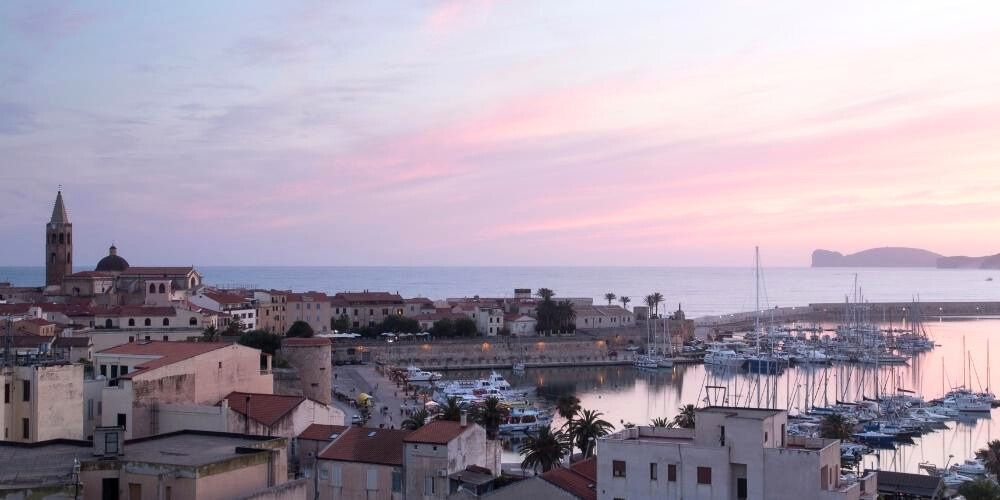
We now move down slightly to the south-west and get to know another wonderful town in North Sardinia, the last on our itinerary. Imagine yourself strolling along the ramparts of Alghero, enjoying the breeze blowing from the sea and the scent of saltiness, meanwhile the enveloping summer sun warms your skin. The city of Alghero is a little daydream, overlooking an emerald sea and adorned with enchanting red roofs and honey-coloured walls that contrast beautifully with the blue sky - a city born to be photographed!
The reason why this picturesque town is called the little Barcelona (Barceloneta) is that Alghero spent several years under Catalan rule, absorbing many of its customs and traditions, particularly its language: one in five people in Alghero speaks Catalan, albeit in the Algherese variant.
Another curiosity linked to this place is that, along the 90 km that make up the coast of Alghero, lives an immense colony of coral of the finest quality: shopping will certainly be exciting!
The historic centre is undoubtedly fascinating, as you find yourself in a maze of very characteristic alleyways made up of old Catalan-style houses, simple and elegant religious buildings (such as the 16th-century Santa Maria Cathedral and the church of San Michele with its characteristic coloured majolica dome) and squares full of tourists and locals sitting together at the outdoor tables of the bars, chatting and laughing together: Alghero is truly tourist-friendly!
In Alghero, your taste buds will be no less delighted than your eyes! Don't miss the Alghero paella, a reinterpretation of the classic Spanish dish prepared with fregola (typical Sardinian pasta), lamb, the famous Ittiri artichoke, monkfish, mussels and red prawns. If you like sea flavours, the mullet roe, called 'the gold of Sardinia', and the delicious sea urchins are very popular here. Also worth mentioning is Catalan style lobster (i.e. cooked with cherry tomatoes, onion, pepper and lemon) and finally the 'agliata' (or 'allada' in Catalan, a sauce made from sun-dried tomatoes, garlic and vinegar, used to accompany fish).
"Alghero” is also a denomination of controlled origin assigned to some specific wines that you will recognise from the label: you can find for example Alghero Torbato, Alghero Sauvignon and Alghero fortified.
The city of Alghero, together with the Riviera del Corallo in which it stands and the Porto Conte Natural Park, is also the scene of some of the most beautiful events in North Sardinia. These include the Festival del Mediterraneo, Naturalmente in Riviera, the Sant Miquel Festival and JazzAlguer.
Our tour to discover the must-see towns in North Sardinia is only a starting point. This marvellous island has so much to offer: visit the towns on our itinerary of the finest wine in Sardinia and delight both sight and palate on a new and fascinating tour!
About the author
Written on 09/08/2023


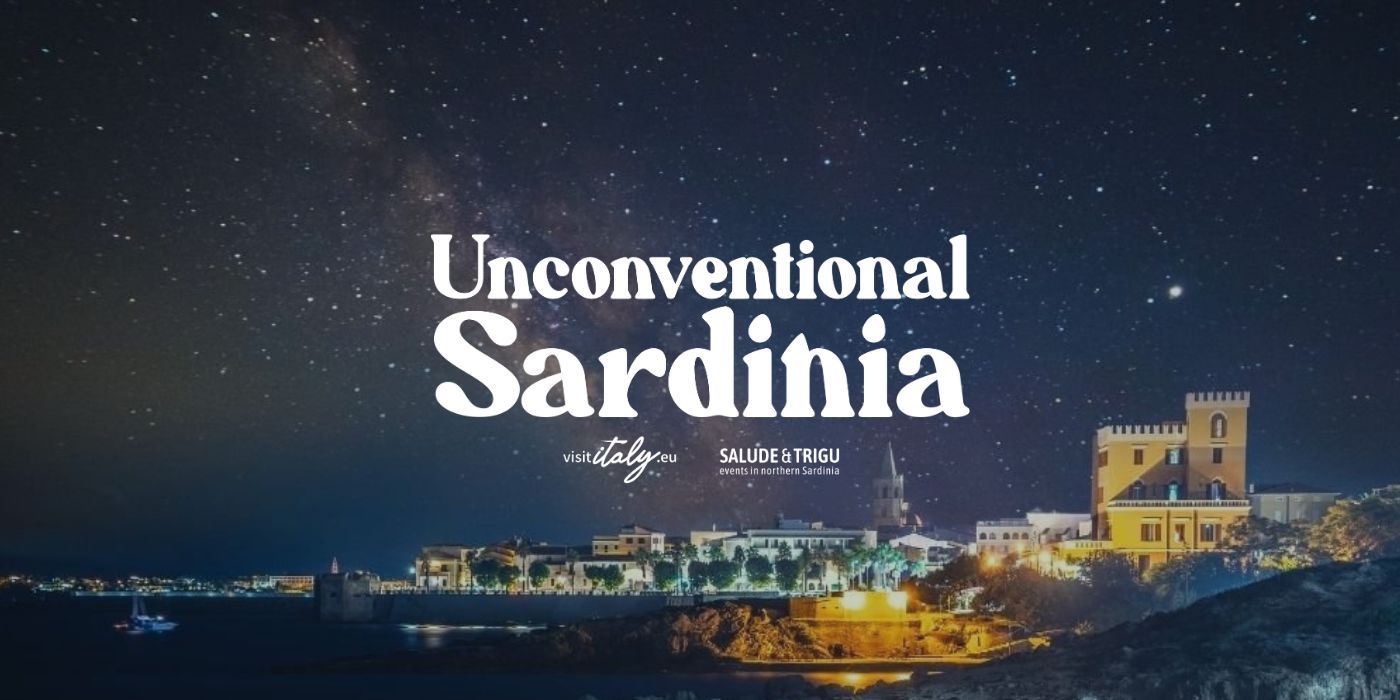
Gloria Venturini
Do you want to know what to see in your next trip to North Sardinia? Here is the itinerary to discover 3 unmissable cities: Olbia, Sassari and Alghero